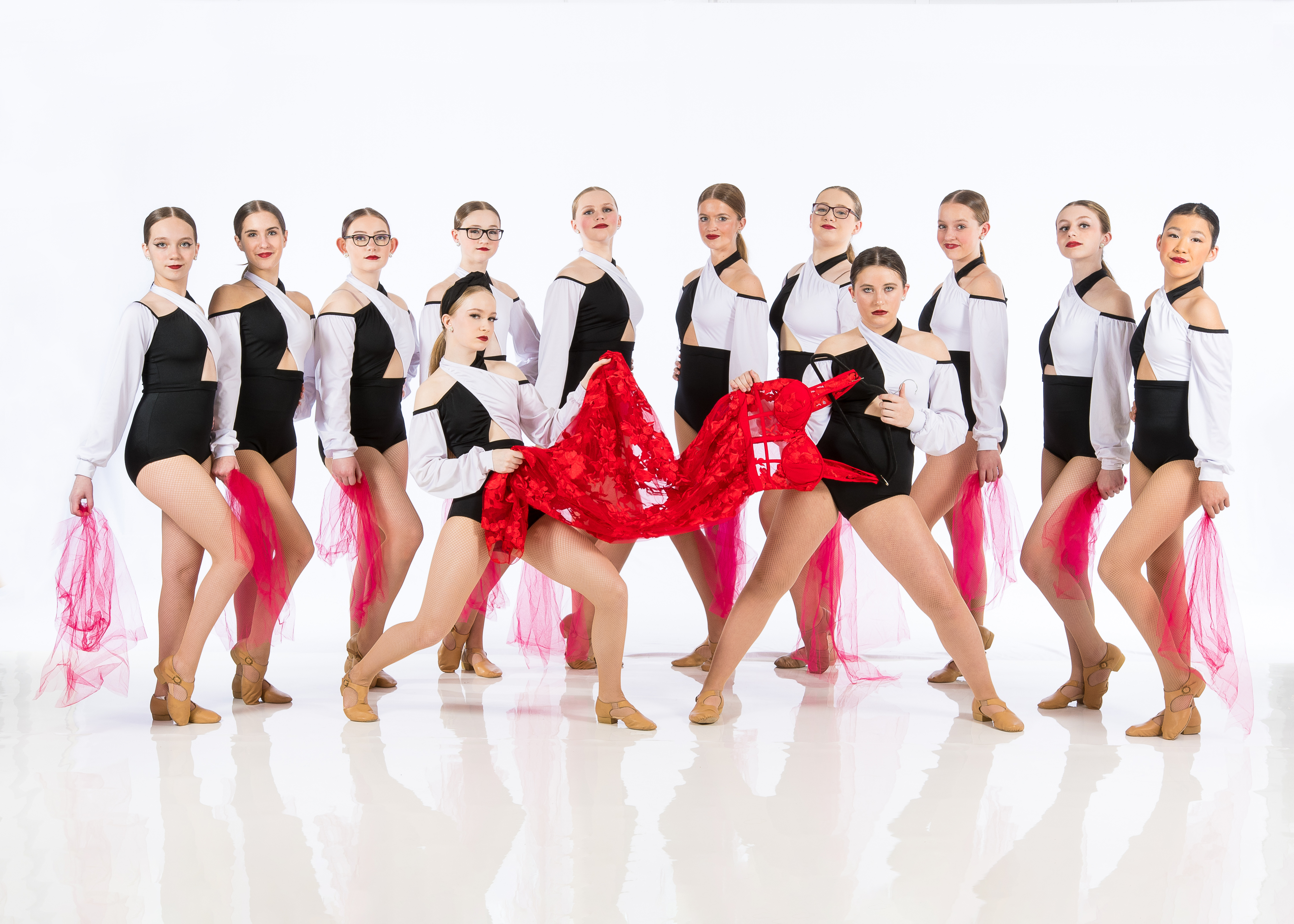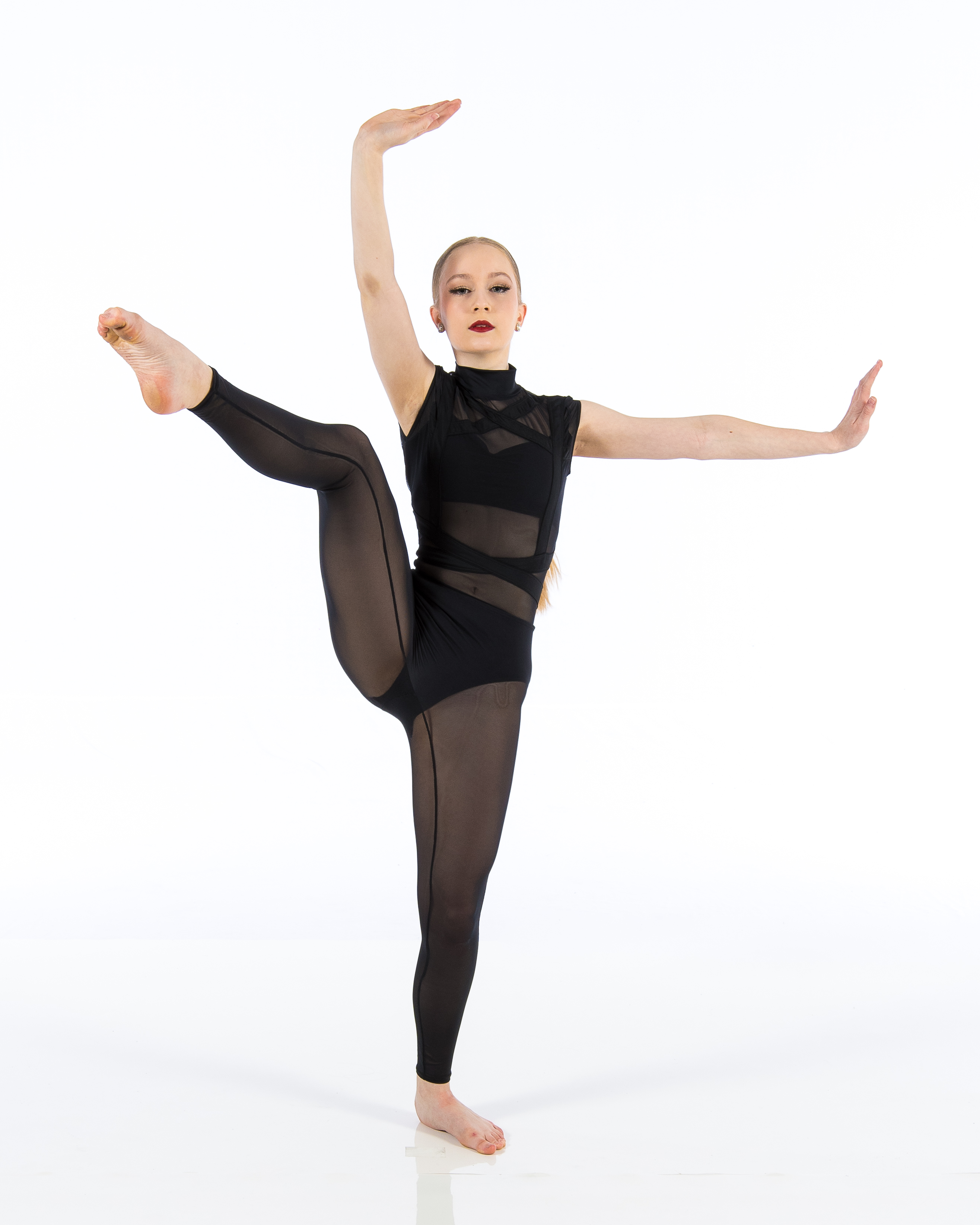Introduction
Anyone Dance Class who has ever stepped foot in a dance academy knows that it’s more than just a place to learn how to move. It’s a sanctuary where passion meets discipline, creativity intertwines with hard work, and friendships blossom amidst the rhythm of music. In this article, titled "Dance, Sweat, Repeat: My Everyday Journey at the Academy," I’ll take you through my experiences at the dance academy, sharing every step of my journey—from the exhilarating highs to the challenging lows. This is not merely an account of my days spent dancing; it's a celebration of growth, camaraderie, and relentless dedication.
Dance Academy: Where Dreams Begin
What Makes a Dance Academy Special?
A dance academy is often viewed as a stepping stone for aspiring dancers. But what really sets these institutions apart? Here are some key features:
- Diverse Classes: From ballet to hip-hop, jazz to contemporary, dance academies provide a wide array of classes catering to various styles. Expert Instructors: Most dance academies boast seasoned instructors who bring both experience and passion to their teaching. Community Spirit: There's something magical about being surrounded by like-minded individuals who share your love for movement.
The Structure of a Typical Day at the Dance Academy
Ever wondered what an average day looks like at a dance academy? Here's a breakdown:
Morning Warm-ups: Every day starts with stretching and warm-up exercises designed to prepare our bodies for movement.
Technique Classes: Focused sessions on improving our skills in specific styles like ballet or jazz.
Choreography Practice: Learning and perfecting new routines becomes our focus in this segment.
Cool Down and Reflection: Ending the day with some light stretches followed by discussions on what we’ve learned.
Dance, Sweat, Repeat: My Everyday Journey at the Academy
Every dancer has their own story—a unique tapestry woven from countless hours spent training. For me, "Dance, Sweat, Repeat: My Everyday Journey at the Academy" encapsulates everything I strive for as an artist.
The First Step: Finding My Passion
Reflecting back on my first day at the academy brings an avalanche of emotions rushing back. The excitement mingled with nervousness was palpable as I stepped into the studio for the first time.
- Why did I join a dance academy? The answer is simple yet profound—I wanted to immerse myself in something that made me feel alive.
Embracing Challenges Along the Way
Each day presented its own set of challenges—be it mastering difficult choreography or building stamina for lengthy rehearsals. It wasn't long before I realized that overcoming obstacles only fueled my determination.
- How do I handle setbacks? Acceptance and resilience became crucial aspects of my journey.
Building Lifelong Friendships Through Dance
One unexpected joy was forming deep connections with fellow dancers. We supported each other during tough times and celebrated victories together—both large and small.
- What role do friendships play in our growth as dancers? They offer encouragement during hard times and serve as motivation when self-doubt creeps in.
The Evolution of Technique: A Dancer's Growth
Mastering Basic Techniques
Learning fundamental techniques was essential for building confidence in my abilities. Whether it was perfecting pliés or embracing grand jetés, these basics laid the foundation for advanced movements later on.
Transitioning Into Advanced Styles
As time went on, I found myself gravitating towards more complex styles such as contemporary dance and lyrical jazz. The transition opened up new avenues for expression—each performance became an exploration into emotion.
Incorporating Dance into Daily Life
Making Time for Practice Outside Class Hours
Balancing life outside of dancing can be tricky! However, committing time each week to practice has proven invaluable:
- What does my practice schedule look like? Typically includes daily 30-minute sessions focusing on flexibility and technique refinement.
Staying Motivated When Times Get Tough
Motivation can wane during exhausting weeks filled with rehearsals or school work; however:
- How do I reignite that spark? Sometimes revisiting favorite songs or routines serves as inspiration when motivation runs low.
The Importance of Physical Fitness in Dance Training
Strengthening Core Muscles for Better Performance
A strong core significantly enhances balance and stability while dancing—a vital aspect that allows fluidity in movement.
- What exercises help build core strength? Planks, sit-ups, and various Pilates moves have become staples in my fitness routine.
Cardio Workouts: Keeping Up With Endurance Needs
Dancing demands high levels of stamina; thus incorporating cardio workouts into training has been crucial:
Running Cycling High-intensity interval training (HIIT)Mental Health Awareness Through Dance Education
Artistic Expression as Therapy
Dance isn’t merely physical—it serves as an emotional outlet too! Expressing feelings through movement has been therapeutic amidst life's ups and downs.

Overcoming Anxiety Through Performance Opportunities
Stepping onto stage often triggers anxiety; however, every performance teaches valuable lessons about overcoming fears:
- What techniques help calm nerves before going on stage? Breathing exercises coupled with visualization techniques have worked wonders!
Conclusion: The Never-ending Journey in Dance
As I reflect upon my experiences encapsulated by "Dance, Sweat, Repeat: My Everyday Journey at the Academy," one thing becomes abundantly clear—the journey doesn’t end here! Every class attended brings fresh insights while showcasing how far I've come since those early days filled with uncertainty.
While there are hurdles along this path—whether they be physical limitations or mental barriers—the essence lies within perseverance coupled with passion! Each step taken reinforces not only skill sets but also personal growth beyond what’s visible on stage.

FAQs
Q1: How long does it typically take to become proficient at dancing? A1: Proficiency varies from person to person; however dedicating consistent practice hours weekly can yield noticeable improvements over several months.
Q2: What types of classes should beginners start with at a dance academy? A2: Beginners are often encouraged to begin with introductory ballet or jazz classes which lay down foundational techniques applicable across various styles later on!
Q3: Is it necessary to attend all classes scheduled by instructors? A3: While attendance is important for progress; flexibility exists based upon individual commitments—keeping open communication regarding absences can help maintain continuity!
Q4: Can adults also enroll into dance academies despite having no prior experience? A4: Absolutely! Many academies offer adult beginner courses catering specifically towards those wishing to explore their interest without prior experience!
Q5: How can dancers prevent injuries during training sessions? A5: Warm-ups before class combined with cooldowns post-practice alongside proper technique awareness greatly reduce injury risks!
Q6: What role does nutrition play when engaging actively within such physically demanding activities? A6: Nutrition provides essential fuel necessary for optimal performance; balanced meals comprising proteins carbohydrates vitamins minerals promote overall health necessary along one’s journey!
By sharing insights from "Dance, Sweat, Repeat: My Everyday Journey at the Academy," may aspiring dancers find encouragement as they embark upon their own adventures within this vibrant art form!